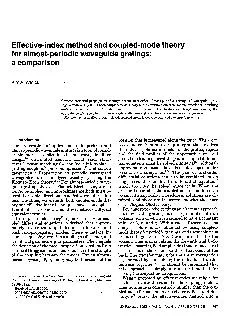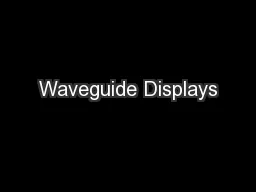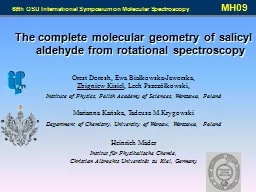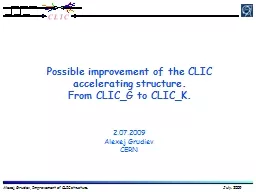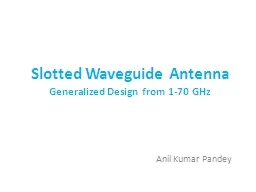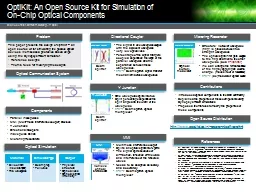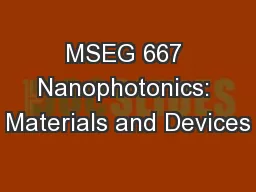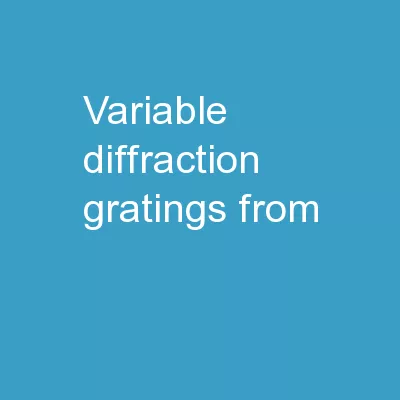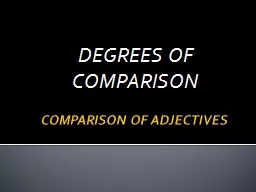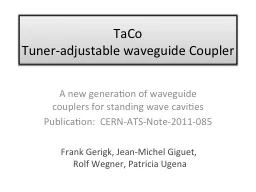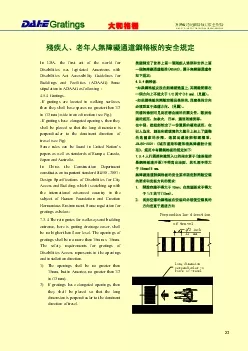PDF-Effectiveindex method and coupledmode theory for almostperiodic waveguide gratings a comparison
Author : pasty-toler | Published Date : 2014-12-24
Winick Contradirectional propagation through active firstorder almostperiodic corrugated waveguide grat ings is analyzed by using both coupledmode theory and a combined
Presentation Embed Code
Download Presentation
Download Presentation The PPT/PDF document "Effectiveindex method and coupledmode th..." is the property of its rightful owner. Permission is granted to download and print the materials on this website for personal, non-commercial use only, and to display it on your personal computer provided you do not modify the materials and that you retain all copyright notices contained in the materials. By downloading content from our website, you accept the terms of this agreement.
Effectiveindex method and coupledmode theory for almostperiodic waveguide gratings a comparison: Transcript
Download Rules Of Document
"Effectiveindex method and coupledmode theory for almostperiodic waveguide gratings a comparison"The content belongs to its owner. You may download and print it for personal use, without modification, and keep all copyright notices. By downloading, you agree to these terms.
Related Documents

